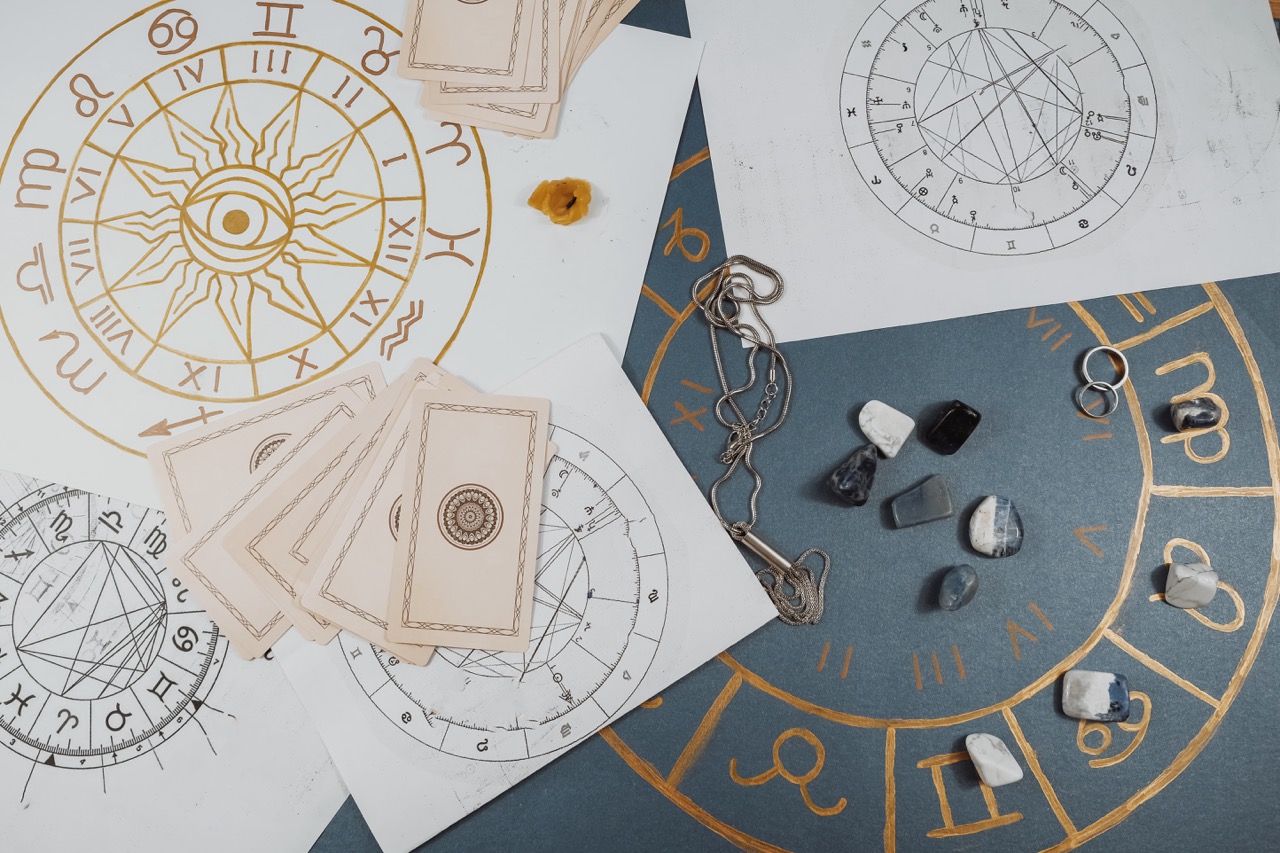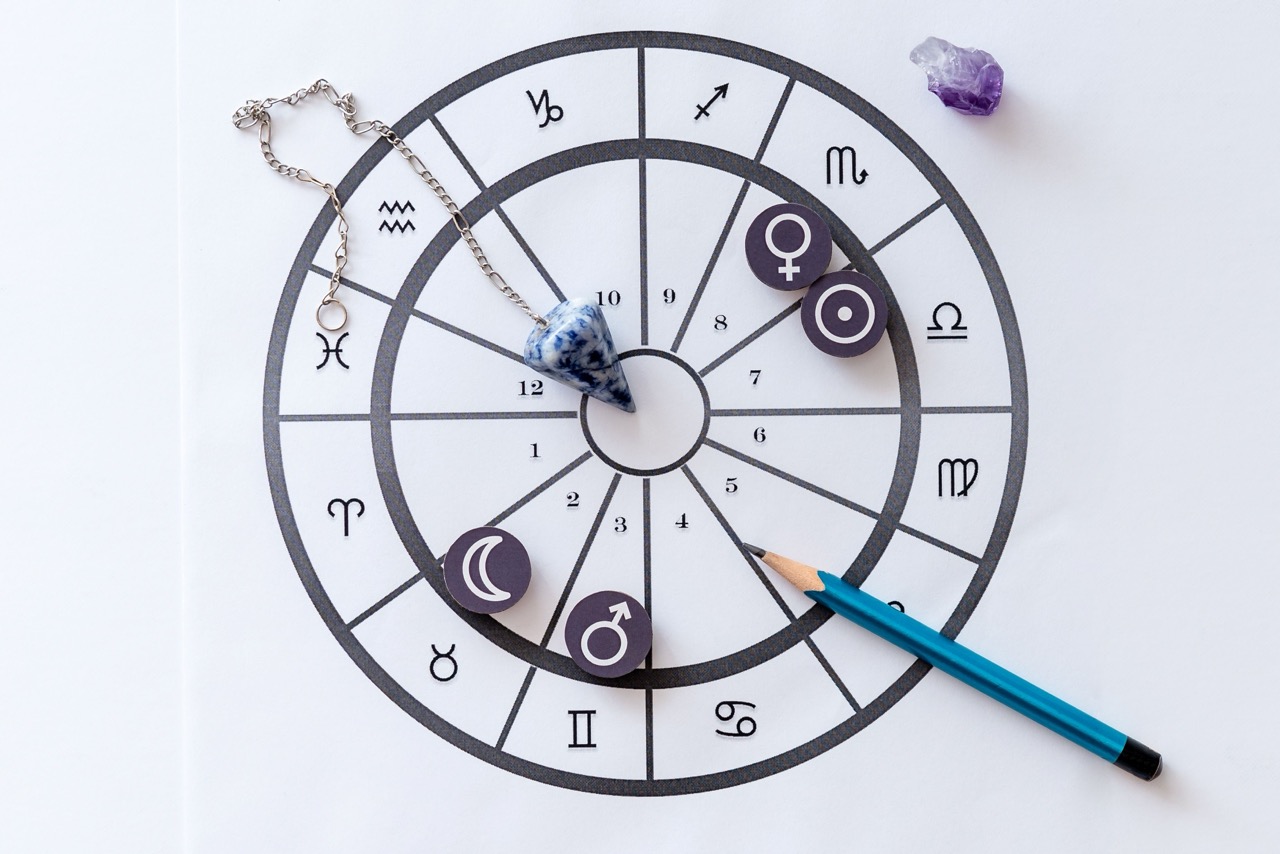In an age where the unknown inspired both fear and fascination, one man emerged from the shadows of history to illuminate the future with his prophecies. Nostradamus, born Michel de Nostredame, has become synonymous with foresight and mystique. His enigmatic quatrains, steeped in allegory and symbolism, have captured the imaginations of countless generations. As we delve into the life and legacy of this remarkable figure, we uncover the tapestry of his existence woven from the threads of science, mysticism, and the quest for understanding the human condition.
Unveiling the Man Behind the Predictions: Nostradamus
Nostradamus was more than just an astrologer; he was a complex individual whose intellect blended rationality and intuition. Born on December 14, 1503, in Saint-Rémy-de-Provence, France, he was the son of a Jewish family that had converted to Christianity. This cultural heritage imbued him with a unique perspective on life, allowing him to navigate the turbulent waters of 16th-century Europe with both skepticism and wonder. Educated as a physician, he initially devoted his life to healing, but the tumult of war and plague compelled him to seek answers beyond the physical realm.
His journey into the esoteric began in earnest around 1550, when Nostradamus began to compose his prophetic verses. Drawing upon his knowledge of astrology, history, and the classical texts of antiquity, he crafted a body of work that would transcend time. Nostradamus’s deep understanding of the human experience allowed him to create prophecies that resonated with both the fears and aspirations of people across the ages. His persona was that of a sage, shrouded in mystery, who spoke in riddles and riddled with paradoxes, sparking intrigue and debate wherever he went.
As he became more renowned, Nostradamus adopted a lifestyle that blended the learned and the mystical. He dressed in the flowing robes of a scholar and often surrounded himself with symbols of the arcane, further amplifying his enigmatic presence. His reputation as a healer and seer quickly spread, leading to audiences with the royal court, where he offered counsel to powerful figures, including Catherine de’ Medici. In a world fraught with uncertainty, Nostradamus embodied the hope that knowledge and foresight could provide a means of navigating the chaos of life.
A Journey Through Time: Nostradamus’s Early Life
Nostradamus’s early life was marked by tragedy and transformation. After losing his first wife and children to the plague, he turned his grief into a relentless pursuit of knowledge. The pain he endured became a catalyst for his fascination with the cyclical nature of life and death, leading him to explore the realms of astrology and prophecy. This personal journey profoundly influenced his later works, as he sought to comprehend the mysteries that governed human existence.
During his formative years, he traveled extensively across Europe, absorbing the wisdom of diverse cultures. He studied medicine at the University of Montpellier, where he developed a reputation as a skilled physician. Nostradamus’s practical experience with illness and suffering informed his prophetic visions, as he often linked the physical and spiritual realms. His understanding of astrology allowed him to recognize patterns in celestial movements, which he believed had a profound impact on human affairs, further enhancing his ability to predict future events.
As he matured, Nostradamus became increasingly disillusioned with the limitations of conventional medicine. This desire for deeper understanding prompted him to delve into the arcane arts, where he found solace in the belief that the cosmos held secrets that could guide humanity. It was during this period of exploration and self-discovery that he began composing his first prophecies, laying the foundation for a legacy that would resonate for centuries to come.
Prophecies that Shaped a Century: His Most Notable Works
Nostradamus’s magnum opus, "Les Prophéties," published in 1555, consisted of 942 quatrains, each laden with allegorical imagery and cryptic symbolism. This collection captivated the public’s imagination, as it appeared to predict cataclysmic events, wars, and the rise and fall of empires. The ambiguity of his verses allowed for myriad interpretations, leading to both fervent belief in his prophetic abilities and skepticism from critics. Nevertheless, his work sparked a renaissance of interest in prophecy that would influence thinkers and leaders for generations.
Among his most notable predictions, the quatrains related to the Great Fire of London in 1666 and the rise of Napoleon and Hitler stand out. For instance, he described a "great man" who would rise from the "depths of the West," a phrase often interpreted as a reference to Hitler. This uncanny accuracy led some to postulate that Nostradamus had a direct line to the future, while others argued that his cryptic language allowed for flexible interpretations that could fit numerous historical events.
The allure of Nostradamus’s predictions lies not only in their content but also in their cultural resonance. His words have found their way into literature, music, and popular media, permeating the collective consciousness. As modern societies grapple with uncertainty and change, the refrains of his prophecies continue to echo, reminding us of our shared fears and hopes for the future. Nostradamus’s writings compel us to reflect on the nature of time and destiny, urging us to confront the unknown with courage and curiosity.
Echoes of Eternity: The Lasting Impact of His Insights
The legacy of Nostradamus transcends the bounds of mere prophecy; it invites us to ponder the intricate relationship between knowledge, fate, and free will. His works have influenced a myriad of disciplines, from literature and art to psychology and politics. The enigmatic nature of his predictions fosters a sense of intrigue, prompting individuals to explore their interpretations and uncover deeper meanings. In a world increasingly swayed by chaos and uncertainty, Nostradamus’s insights encourage us to seek wisdom, understanding, and a sense of agency in our lives.
Nostradamus’s impact was particularly pronounced during pivotal historical moments, such as the world wars and the tumultuous 1960s. Leaders and thinkers turned to his writings for guidance, hoping to glean insights into the future. This ongoing fascination underscores a universal human desire for foresight, a need to comprehend the unpredictable tides of existence. Nostradamus has become a cultural icon, representing the eternal quest for knowledge and clarity amidst the fog of uncertainty.
In the modern age, the teachings of Nostradamus remain relevant, as individuals and societies grapple with unprecedented challenges. His prophecies serve as reminders that the future is not set in stone but shaped by the choices we make today. By examining the past through his lens, we are encouraged to embrace resilience and adaptability. Nostradamus’s legacy lives on, inspiring us to be vigilant, reflective, and hopeful as we navigate the labyrinth of life.
The life and legacy of Nostradamus remind us that the human experience is an eternal dance with the unknown. His enigmatic predictions beckon us to explore the boundaries of our understanding, urging us to confront the complexities of fate and free will. As we reflect on the lessons woven into his quatrains, we recognize that while the future may be uncertain, our capacity for insight and growth remains limitless. In the tapestry of history, Nostradamus stands as a beacon of inspiration, illuminating the path toward a more profound comprehension of ourselves and the world around us.




